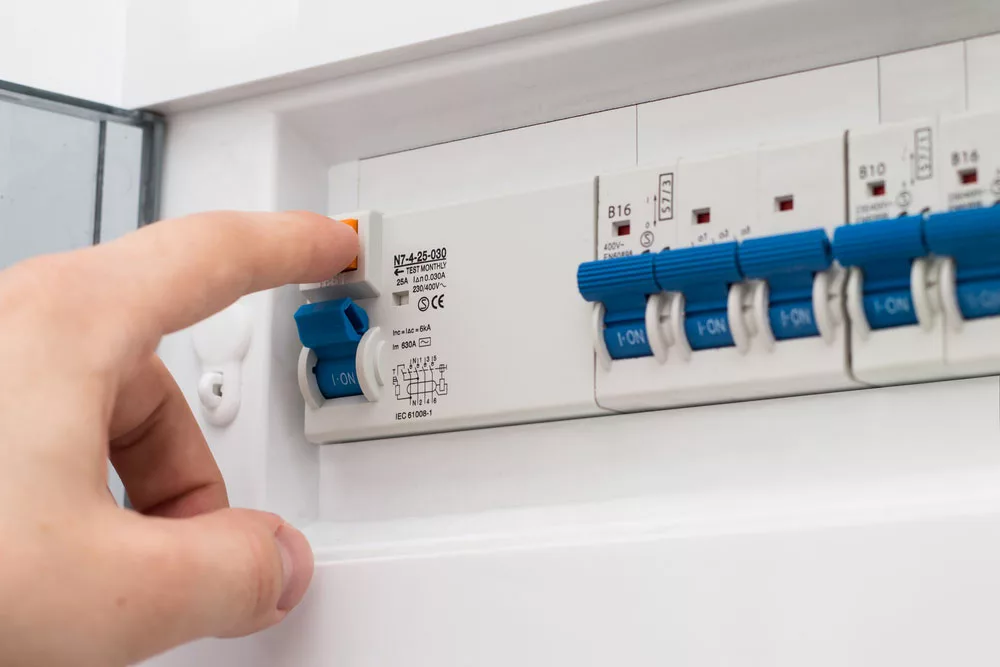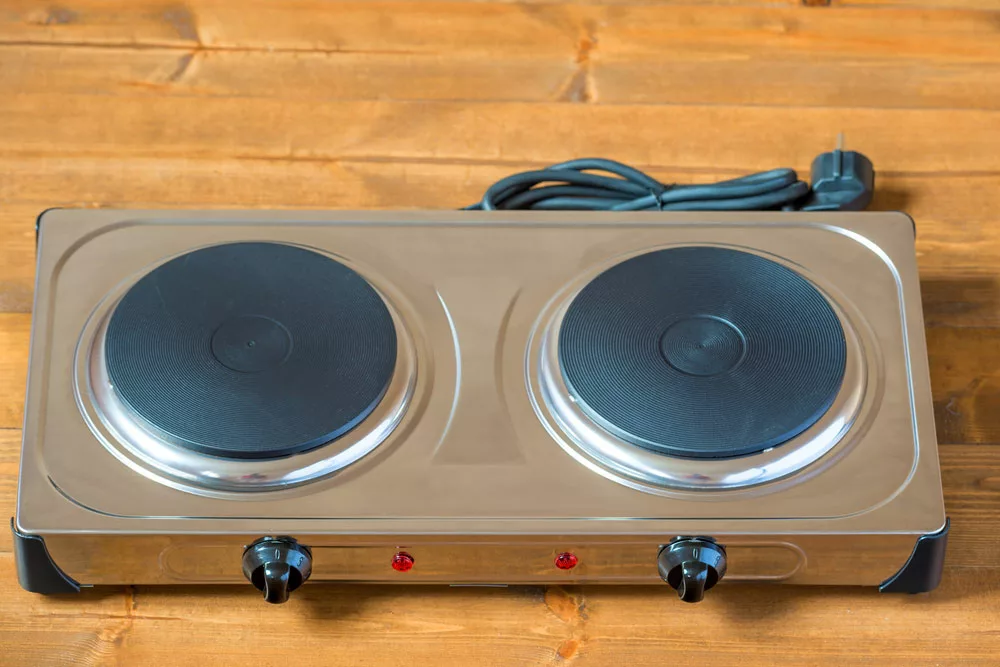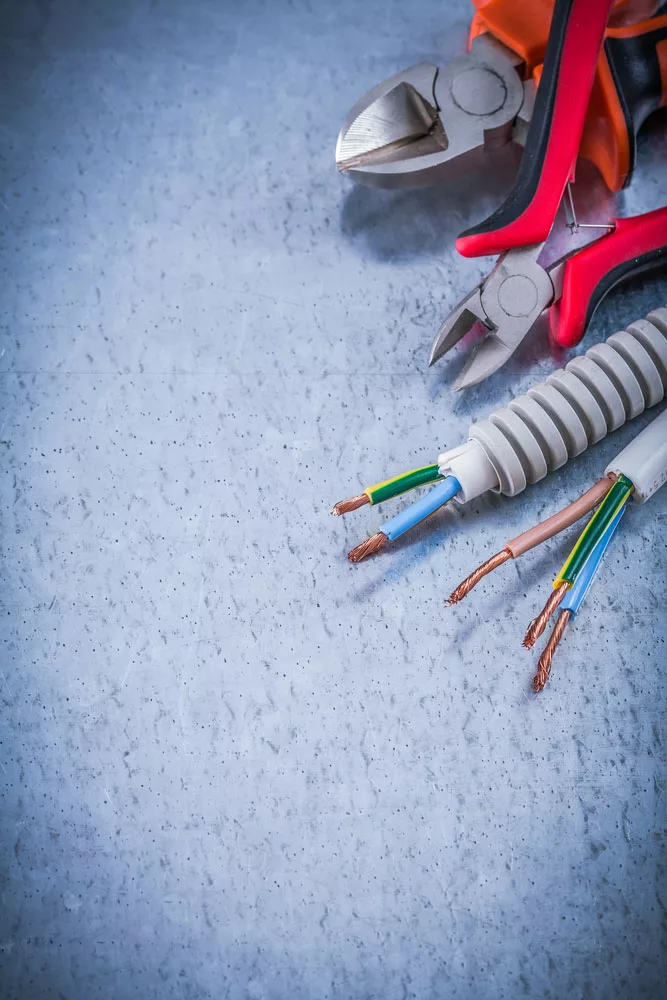There are different reasons to calculate the diameter of your electrical cables before using them to wire buildings. Residential, commercial, and industrial buildings require specific cable diameters. The same goes for applications like lighting, the Internet of Things, air conditioning, etc. In such cases, you need an electric cable gauge chart.
But what exactly are wire gauges, and how best can we utilize them? Find out more as you read on.
Table of Contents
- What Exactly Are Wire Gauges?
- What is the Significance of the Wire Gauge?
- Wire Gauge Considerations
- Wire Gauge and Other Technical Specs Relationships
- Methods for Calculating the Diameter of Electrical Cables
What Exactly Are Wire Gauges?
A wire gauge is the measurement of its thickness. It uses indicators in the form of numbers or text. As a result, the high numbers indicate a thin wire gauge, whereas the low numbers show big wire gauges.
In most cases, the standard wire gauge measurement is the AWG. The American Wire Gauge is ideal for measuring and identifying the electrical thickness of cables made in the USA.

(Worker test line)
What is the Significance of the Wire Gauge?
The wire gauge helps prevent electrocution and fire hazards. It is common when an appliance or gadget tries to use more power on a circuit above the rated wire gauge. For instance, a 20-amp heater plugged into a wire gauge of 14, and a circuit of 15 amps is dangerous. You experience a melted insulator and a short circuit without a circuit breaker or fuse as a backup.

(A fuse box)
Wire Gauge Considerations
It is essential to determine the overall system amperage before connecting to electricity. Therefore, wire gauge considerations include the following:
- Calculating the circuit length.
- The expected load.
- The connected load.
Applying this consideration allows you to select the ideal wire for the purpose.
Wire Gauge and Other Technical Specs Relationships
A wire gauge gives more information about the cable than the thickness. So, from the gauge of a wire, it is possible to determine the following:
Diameter.
Wire gauges range from low to high, with lower numbers indicating smaller diameters and higher numbers indicating larger diameters. AWG 4 is 0.2043 inches in diameter, and AWG 40 is .0031 inches in diameter.
Area.
The formula for getting the round wire cross-sectional area is A= r². Here, r represents half of the wire’s diameter. After going three steps down, the cross-sectional area of the wire doubles.
An example is a six-gauge wire with double the nine-gauge wire’s cross-sectional surface area.
Feet per pound.
Feet per pound is the expression for wire in feet that weighs one pound. For example, a gauge like the AWG 4 wire translates as 7.918 feet per pound. However, the AWG 40 wire gauge takes 34.364 feet.
Resistance (ohms per 1000 feet).
Length and thickness are two significant factors that affect a wire’s electrical resistance. By comparison, longer wires resist more than shorter wires. But, when you have two wires of the same length, the thinner wire has more resistance than the thicker one.
For example, the AWG 4 wire has a .2485 resistance per 1000 feet at 25° C. However, the AWG 40 wire has 1079 resistance per 1000 feet.
Current capacity (amps).
This measurement checks a wire’s capacity to conduct current safely. It is easier for thick cables like the AWG 4 low gauge wires to carry more current. In other words, more electrons flow safely than in large gauge wires.
Applications for Wire Gauge
Wire gauges have unique electric and physical qualities best for specific applications. By convention, lightweight applications are better suited for thinner wire gauges.
On the other hand, it is better to employ heavy-duty applications on thicker wire gauges, as seen below.
| Wire Gauges | Suitable applications |
| Gauge 4 | Large heaters and furnaces. |
| Gauge 6 | Electric burners and cooktops. |
| Gauge 10 | Big AC units, water heater |
| Gauge 12 | Small AC units, residential outlets. |
| Gauge 14 | Light fittings and fixtures, standard electronic circuits. |
| Gauge 16 | Light-duty extension cords. |
| Gauge 18 | Low-voltage lighting equipment. |

(Electric burners suitable for wire gauge 6)
Methods for Calculating the Diameter of Electrical Cables
- Check the Cable Insulators
- Cut through the Wire
- Determine the Diameter
If you need to ensure the electric cable is the right size for the purpose, here are things to note:
- Electric Cable Gauge Chart: Check the Cable Insulators
Every cable insulator has a label with text or numbers that describes its size. In most cases, the wire’s AWG are the last numbers.
- Electric Cable Gauge Chart: Cut through the wire.
Next, grab a wire cutter. Then, make a perpendicular cut along the length of the cable. Doing it right means you avoid measuring the incorrect diameter. More importantly, you avoid cutting the internal wires.

(A wire cutter alongside a cut wire).
- Electric Cable Gauge Chart: Determine the Diameter
Go ahead and measure the cross section’s diameter in inches. Then, divide the result by 45.
Conclusion
Understanding the electric cable gauge chart is crucial for many reasons. It lets you know the suitable cable sizes for different electrical purposes. As a result, you protect yourself and your appliances from electric shocks, damage, and possible fire outbreaks.
So, remember to check the electric cable gauge rating next time you pick an electric cable. If you need any further assistance, don’t hesitate to contact us.
